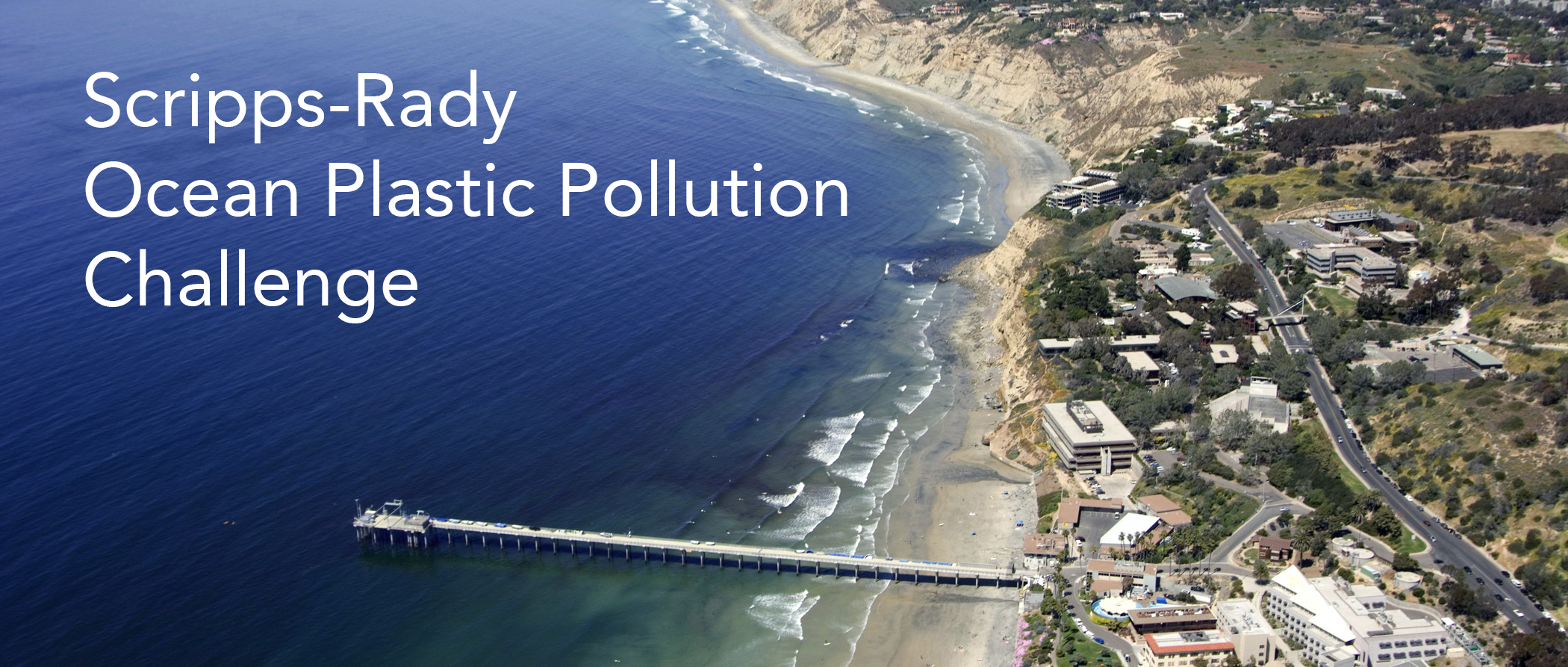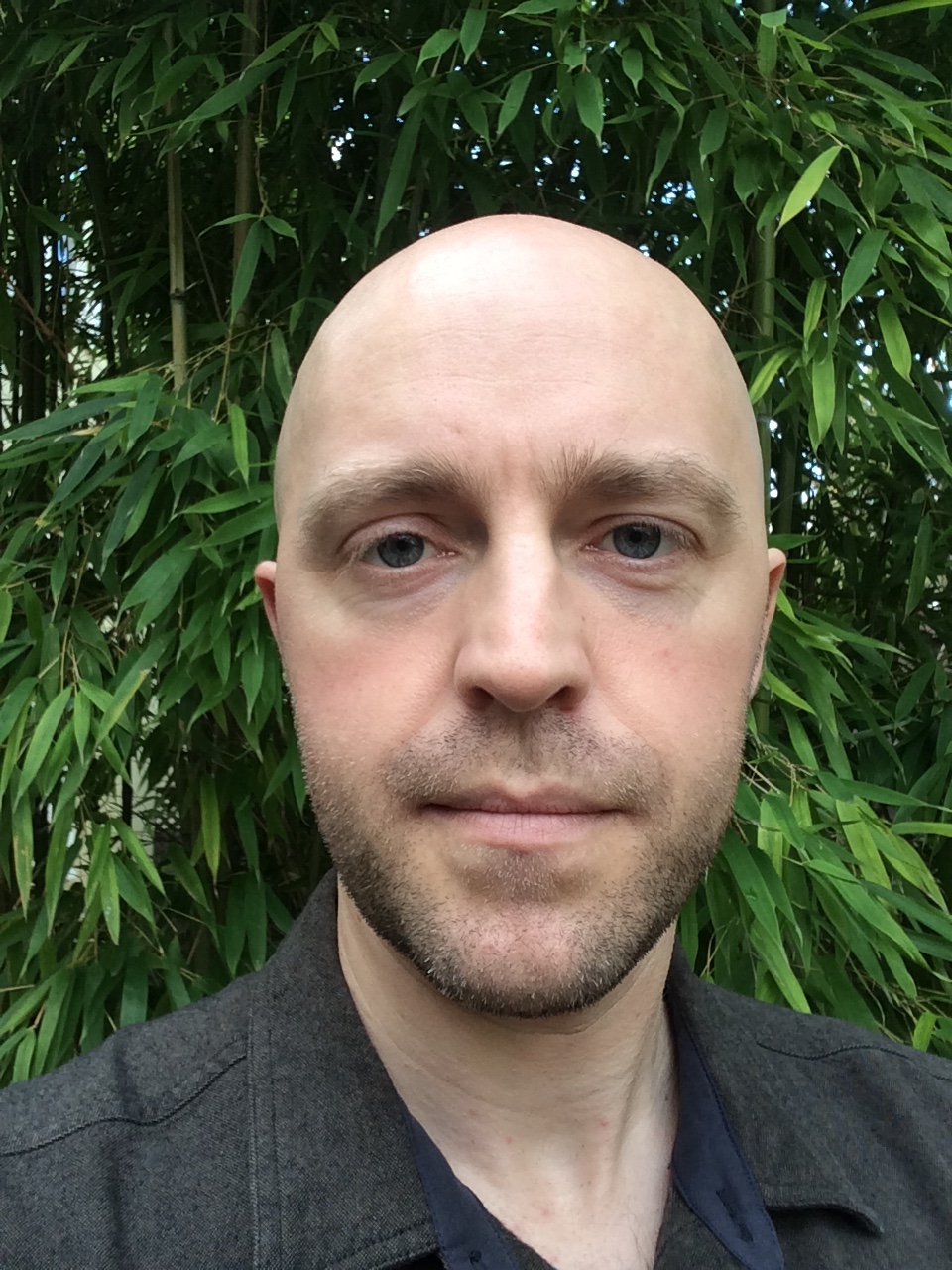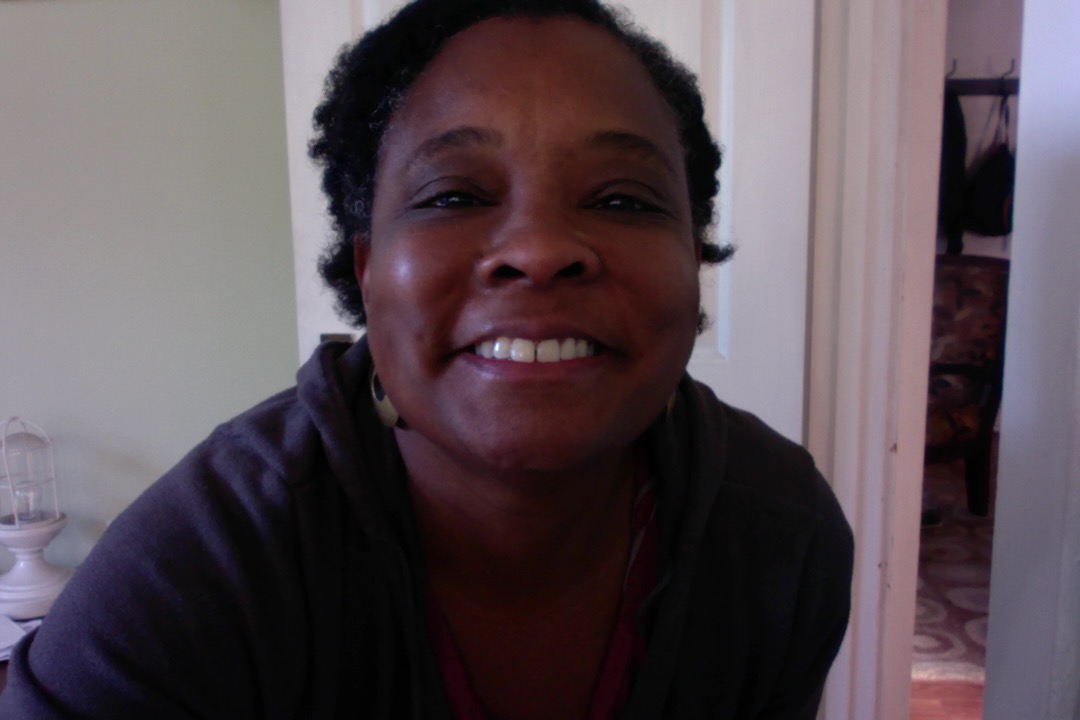
SCRIPPS-RADY OCEAN PLASTIC POLLUTION CHALLENGE
Blog Post: February 19, 2021

Enabling Success: Strategies and Solutions to Ocean Plastic Pollution
By Charlotte Stevenson
February 19, 2021
Plastic is now the most ubiquitous human made substance on the planet. Whether we intended it or not, we are leaving a plastic legacy. Unfortunately, we cannot point a blaming finger at one source, one policy, or one situation. The factors that have enabled this global sea of plastic pollution are vast. Investment in oil and gas infrastructure continues to increase, virgin plastic is much cheaper than recycled plastic, multi-material plastic is impossible to recycle, and microplastic is virtually impossible to capture.
Just as there are many factors contributing to the exponentially-growing problem of marine plastic pollution, there will have to be many factors contributing to the solution. Dr. Winnie Lau, Senior Manager of Preventing Ocean Plastics Program in The Pew Charitable Trusts, walked the Scripps-Rady Ocean Plastic Pollution Challenge participants through the types of holistic, systemic, solutions from her 2020 Science paper and Pew Report during the Challenge’s sixth short course. Many conditions will have to change at many levels, and with many stakeholders, to enable success.
Course panelist California Assemblywoman Lorena Gonzalez, serves the state’s 80th district and is the first Latina to serve as Chair of the Assembly Appropriations Committee, and has been a strong proponent of legislation banning single-use plastics (AB 1080). She spoke to Challenge participants about the challenges she has faced trying to pass this kind of legislation over the last few years.
“Promises are seldom kept. When we leave things just to the market or to the companies themselves, there is no mechanism to ensure follow-through. That is why it is important to regulate corporate responsibility,” said Assemblywoman Gonzalez. She described her experience watching companies make promises, such as a certain amount of recycled plastic being used in their products by a certain year, just to see the goal fade away a year later. All the major companies making these types of recycling promises in California--Coca-Cola, Pepsi, Nestle, etc--adamantly opposed Assemblywoman Gonzalaz’s legislation to mandate the phase out of single-use plastics. Assemblywoman Gonzalez feels that legislated corporate responsibility is going to have to be one of the many important factors enabling success in dealing with plastic pollution.
Course panelist, John Virdin, Director of the Ocean and Coastal Policy Program at the Nicholas Institute for Environmental Policy at Duke University, agreed that corporate responsibility is a necessary condition in a world with less plastic pollution. In a recent, collaborative study published in Nature and Ecology and Evolution, he showed that legislation has moved relatively slowly, whereas big companies could sway the tide of plastic more quickly and efficiently if they chose to do so. Some estimates show that just 100 companies could prevent 50 million tons of plastic waste per year. However, the Nature study shows that the top Fortune 300 companies have made very little progress forward on actually reducing plastic waste. Greenwashing--the process by which a company makes itself seem more environmentally friendly without actually doing much for the environment--is rampant across these companies.
Although many local governments have begun to regulate certain aspects of plastic pollution, often in the form of bag-bans or taxes, Virdin is skeptical that this type of regulation will enable success. “The challenge I see is the mismatch between the scale of the problem...large product supply chains that cross borders...and the scale at which we are regulating,” said Virdin. “If there is a patchwork of local regulations, is that enough to drive change for a whole supply chain?” Virdin’s big question is whether some of these big companies can step up and help solve the problem without government action. Challenge participant, Colin Duncan, Product Development Lead at Forever Wild Seafood, agreed: “If the big companies were to take serious steps towards sustainability, it would be much easier for smaller firms to follow in their wake.” The trickle down effects in society could be huge.
Beyond legislation and corporate responsibility, what else could create conditions to enable success against the tide of plastic pollution? Course panelist, Daniella Russo, serial entrepreneur and Founder and CEO of Think Beyond Plastic, an innovation accelerator with a focus on plastic pollution, believes innovation and funding are critical factors. Ms. Russo pointed out that there is a lot of talk about ‘reuse’ of plastics, but the reality is that “our current portfolio of materials is not intended for reuse,” she said. We need new bio-benign materials that are created with a circular economy in mind, but right now, the pathway to getting new materials to a commercial market is riddled with obstacles.
Think Beyond Plastic has been working on a “bridge to commercialization” analysis to determine the most common obstacles that exist for the hundreds of innovators out there that are currently trying to create plastic alternatives. Ms. Russo and her team are identifying these “valleys of death” for innovators, and trying to determine what changes are necessary in policy, industry, research, and investment to better enable new, green chemistry to make it to market. Ms. Russo believes we need to look at reducing our dependence on plastic (and, therefore, oil) in an economically positive light. New products “can create new jobs and new revenue in areas that have been previously unexplored,” she said.
“Everyone has a role and no single group can do it all,” said Dr. Winnie Lau, reiterating her overall point of the course that many systemic changes will have to be made on many levels with many actors to enable success in tackling the plastic pollution problem. And that idea, that everyone must play a role, rings true for Challenge participant, Katrina Oprisko, Owner of Earthwell Refill, a small business in San Diego that allows consumers to bring and refill their own containers with personal care products and cleaning supplies. “We cannot depend on corporations or governments to solve this problem. I love it when customers tell us, ‘thank you for being here.’ People feel empowered when they participate in a sound solution where they can see their contribution,” said Katrina.
“I do think public pressure and consumer sentiment can drive both governments and large companies, said John Virdin, validating Katrina’s feeling that small businesses can help play a role in engaging public support towards fixing the plastic pollution problem.
Challenge participants will soon have a chance to develop their own solutions to the plastic problem. Teams will present proposals on June 8, 2021 to an expert panel; stay tuned for opportunities to watch the presentations live!

Colin Duncan, Product Development Lead at Forever Wild Seafood, is part of the Challenge team evaluating solutions to plastic pollution in the ocean.


